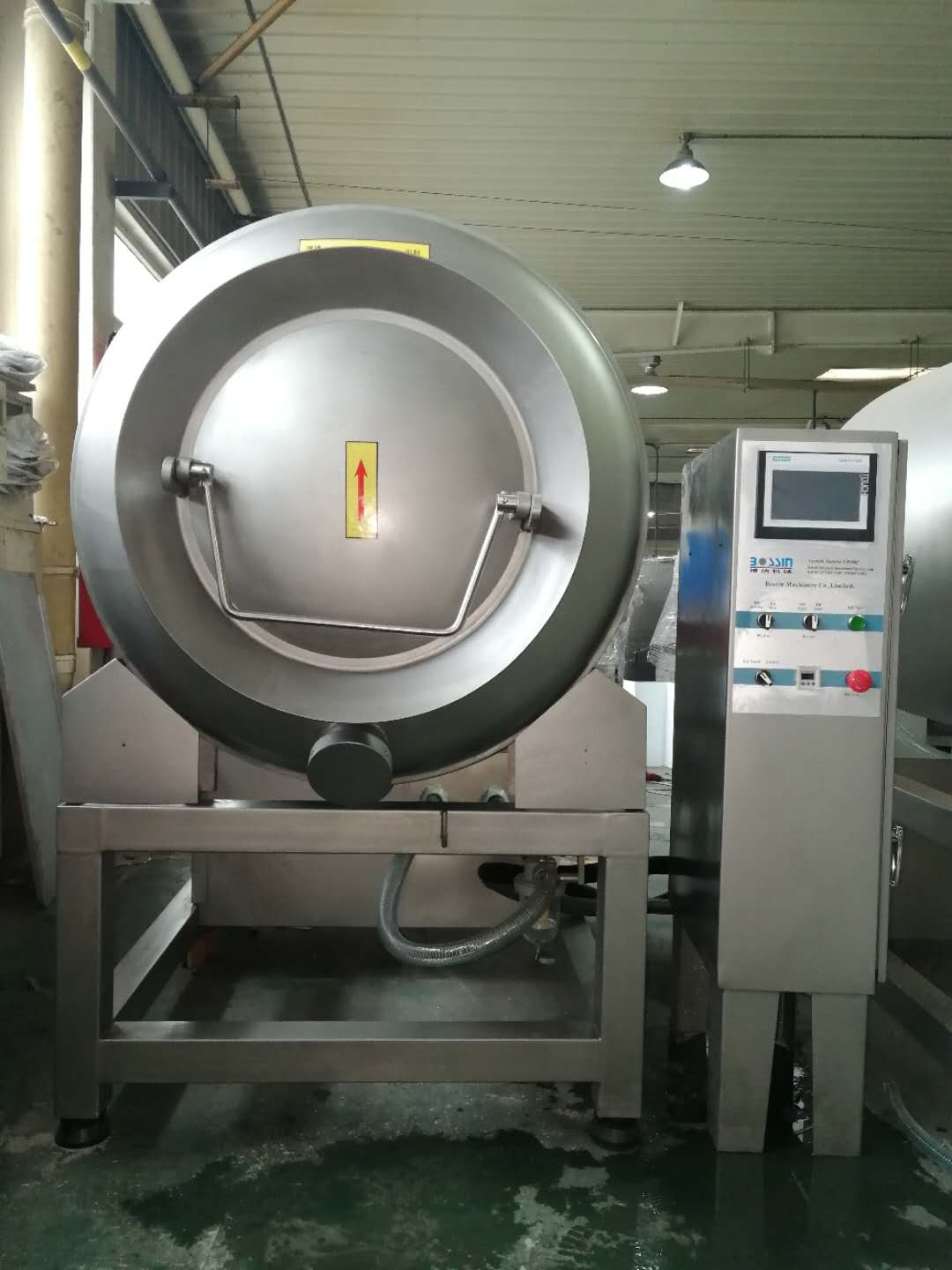
Ное . 19, 2024 06:19 Back to list
industrial meat dicer factories
The Evolution and Impact of Industrial Meat Dicer Factories
In the world of food processing, the demand for efficiency, precision, and safety has become increasingly paramount. Among the numerous innovations in this sector, industrial meat dicer factories stand out due to their pivotal role in transforming the meat processing landscape. As consumer preferences shift towards convenience and quality, these factories have evolved, adopting cutting-edge technologies to streamline operations and enhance product quality.
Understanding Industrial Meat Dicers
Industrial meat dicers are specialized machines used to cut meat into uniform pieces, ensuring consistency in size and shape. This not only enhances the visual appeal of the meat but also ensures even cooking, which is essential for both culinary and health considerations. The primary goal of these machines is to enhance productivity while minimizing waste.
The design of modern meat dicers allows for versatility across various meat types, including pork, beef, and poultry. These machines come equipped with adjustable settings to cater to different cutting styles—whether for cubes, strips, or minced meat—making them indispensable to meat processing companies.
The Functionality of Dicing Machines
Most industrial meat dicers operate using a combination of sharp blades and a robust feeding mechanism. The meat is loaded into the machine, where it is automatically positioned, cut, and expelled in a fraction of the time it would take using manual methods. Advanced models feature programmable settings that allow operators to set the desired size and shape, ensuring high precision across large batches.
Another crucial aspect of industrial meat dicers is their emphasis on hygiene and food safety. Many factories implement stringent cleaning protocols and invest in machines made of stainless steel and other non-corrosive materials to prevent contamination. This focus on hygiene is essential, especially in an era where food safety is of utmost concern to both consumers and regulatory bodies.
The Role of Technology in Meat Dicing
The advent of technology has dramatically impacted the efficiency and effectiveness of meat dicer factories. Automation plays a significant role, with many factories incorporating smart technologies that monitor and regulate the dicing process. These systems provide real-time data on performance metrics, helping administrators identify any inefficiencies or potential quality control issues.
industrial meat dicer factories

Moreover, the integration of Artificial Intelligence (AI) and machine learning systems is revolutionizing the industry. These technologies analyze production data to optimize cutting schedules, predict maintenance needs, and reduce operational downtime, thereby maximizing output.
Economic and Environmental Considerations
Industrial meat dicer factories are not only pivotal for enhancing processing efficiency but are also significant in terms of economics. By maximizing the yield from each animal processed, these factories contribute to reducing food costs for consumers. The increased efficiency translates into lower labor costs and improved profit margins for meat producers, driving innovation and growth in the meat processing sector.
However, as with any industrial operation, there are environmental considerations. The meat industry is often scrutinized for its ecological impact. Industrial meat dicer factories can play a role in addressing these concerns by employing sustainable practices. For instance, investing in energy-efficient machinery and waste recycling programs can help mitigate the environmental footprint associated with meat processing. Additionally, practices such as utilizing every part of the animal, including byproducts, can enhance sustainability efforts.
Future Trends in Meat Dicing
Looking ahead, the future of industrial meat dicer factories appears promising as technological advancements continue to reshape the industry. The rise of plant-based and alternative protein sources is also influencing product offerings and the types of processing required. Factories may need to adapt their equipment and processes to accommodate these new ingredients.
Furthermore, the increasing focus on health and wellness among consumers is likely to drive demand for more natural and organic meat products. Dicers that can effectively process these higher-quality cuts will have a competitive edge in the marketplace.
Conclusion
In conclusion, industrial meat dicer factories are at the forefront of transforming meat processing through innovation and technology. By prioritizing efficiency, safety, and sustainability, they not only meet consumer demands but also contribute to the broader objectives of economic viability and environmental responsibility. As the industry continues to evolve, these factories will play a crucial role in shaping the future of meat processing, addressing challenges, and embracing new opportunities.
Latest news
-
Pneumatic Clipping Machine-Shijiazhuang Bossin Machinery|Sausage Production Line,Adjustable Clamping System
NewsAug.14,2025
-
Pneumatic Clipping Machine: Efficient Sausage Production Solution | Shijiazhuang Bossin Machinery Equipment Co., Ltd.
NewsAug.14,2025
-
Mechanical Double Clipper for Sausage - Aluminum Wire, Reliable
NewsAug.14,2025
-
Pneumatic Clipping Machine - Shijiazhuang Bossin Machinery | Sausage Production Line Efficiency&Precision Cutting
NewsAug.13,2025
-
Pneumatic Clipping Machine-Sausage Production Automation|Precision&Efficiency
NewsAug.13,2025
-
Pneumatic Clipping Machine - Shijiazhuang Bossin Machinery Equipment Co., Ltd.
NewsAug.13,2025